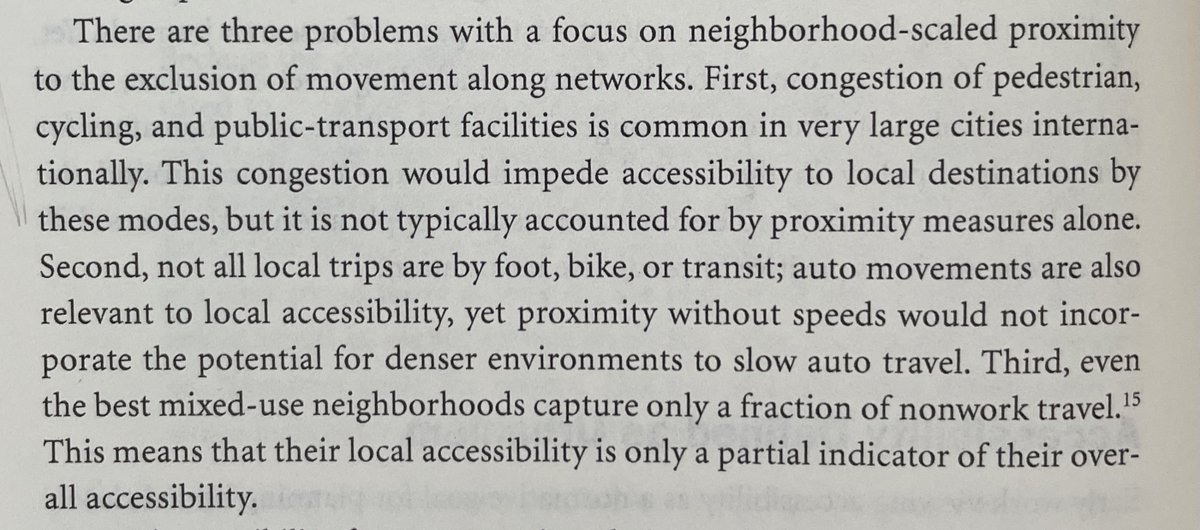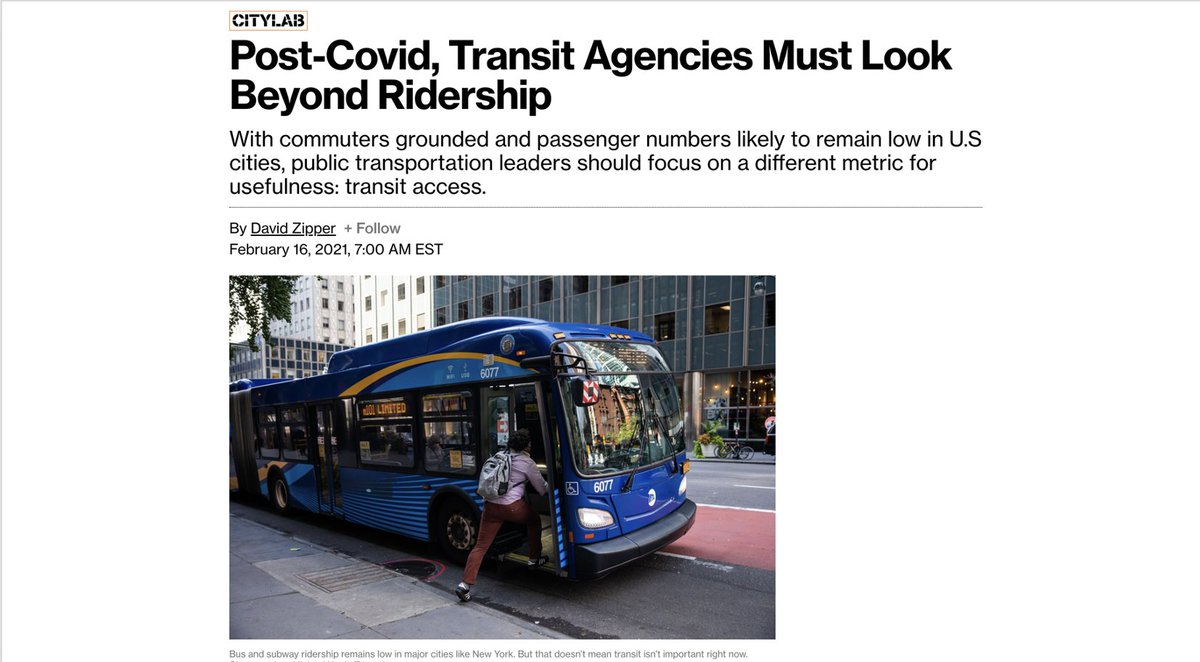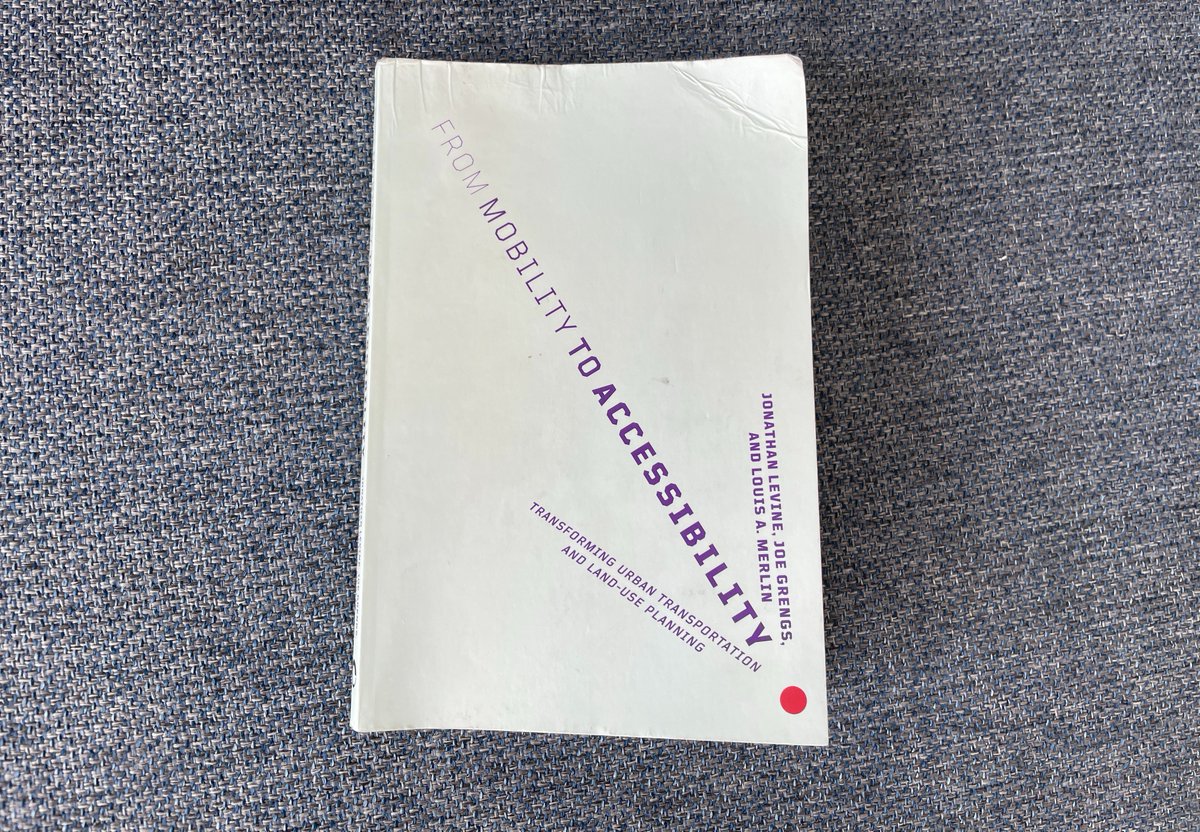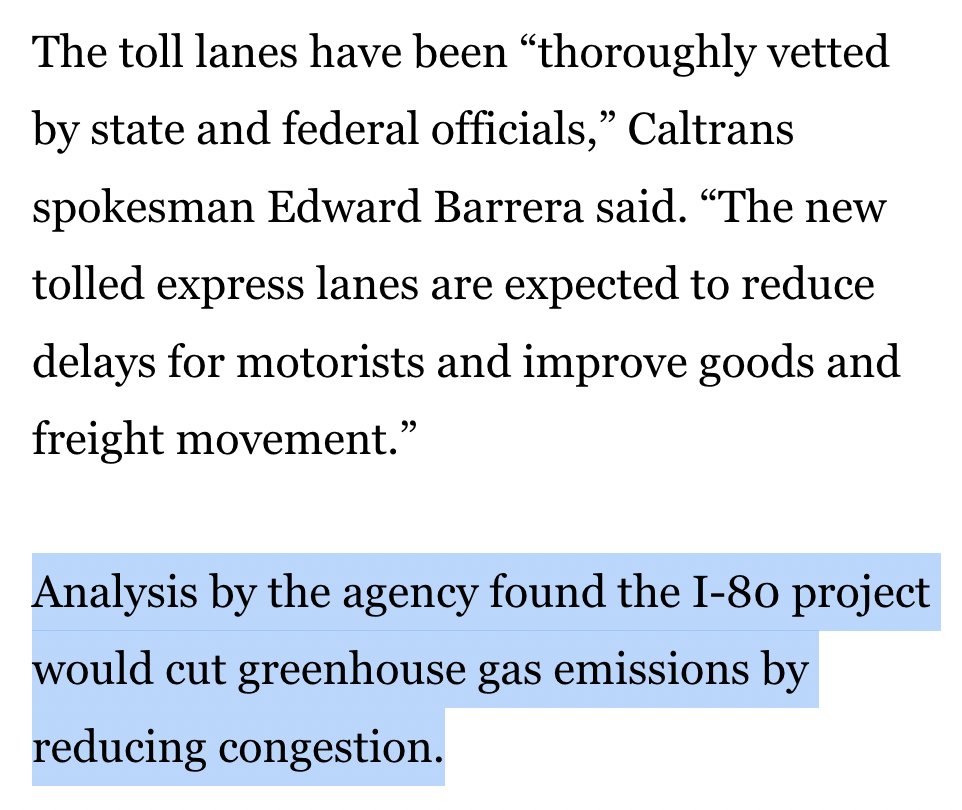Public officials could powerfully improve urban lives by emphasizing **access** (easily reachable destinations) instead of **speed** (fast roads + rail).
A 🧵 about this new-ish book (2019), which explains why -- and how.
A 🧵 about this new-ish book (2019), which explains why -- and how.

"Access" is tough to define in a tweet, so here's a useful illustration from @humantransit and his team. humantransit.org/2021/03/basics…
The concept seems intuitive, but its implications are profound.



The concept seems intuitive, but its implications are profound.




For instance, we shouldn't gripe about traffic congestion in a city like NYC without also acknowledging the proximity of destinations.
Slower speeds matter less if you’re only going a miles or two instead of 20 or 30.
Slower speeds matter less if you’re only going a miles or two instead of 20 or 30.

That said, prioritizing access is more nuanced than focusing solely on neighborhood-based proximity (i.e., '15-minute cities').
Good explanation here.
Good explanation here.

On access and transit:
“Urban revitalization, enhanced economic productivity, & highway congestion relief may be desirable by-products of [transit] investment, but none are as fundamental as accessibility enhancement.”
I made a similar case in @CityLab
bloomberg.com/news/articles/…
“Urban revitalization, enhanced economic productivity, & highway congestion relief may be desirable by-products of [transit] investment, but none are as fundamental as accessibility enhancement.”
I made a similar case in @CityLab
bloomberg.com/news/articles/…

The access framework also reveals damage done by highway expansions.
Beyond failing to shorten peak-hour commutes (bc of induced demand), they also encourage sprawled development that makes destinations more distant.
bloomberg.com/news/features/…
Beyond failing to shorten peak-hour commutes (bc of induced demand), they also encourage sprawled development that makes destinations more distant.
bloomberg.com/news/features/…
A wonky but compelling read. The urban issues discussed are absolutely critical -- especially for MPOs, DOTs, zoning commissions, and transit authorities. 

• • •
Missing some Tweet in this thread? You can try to
force a refresh
























